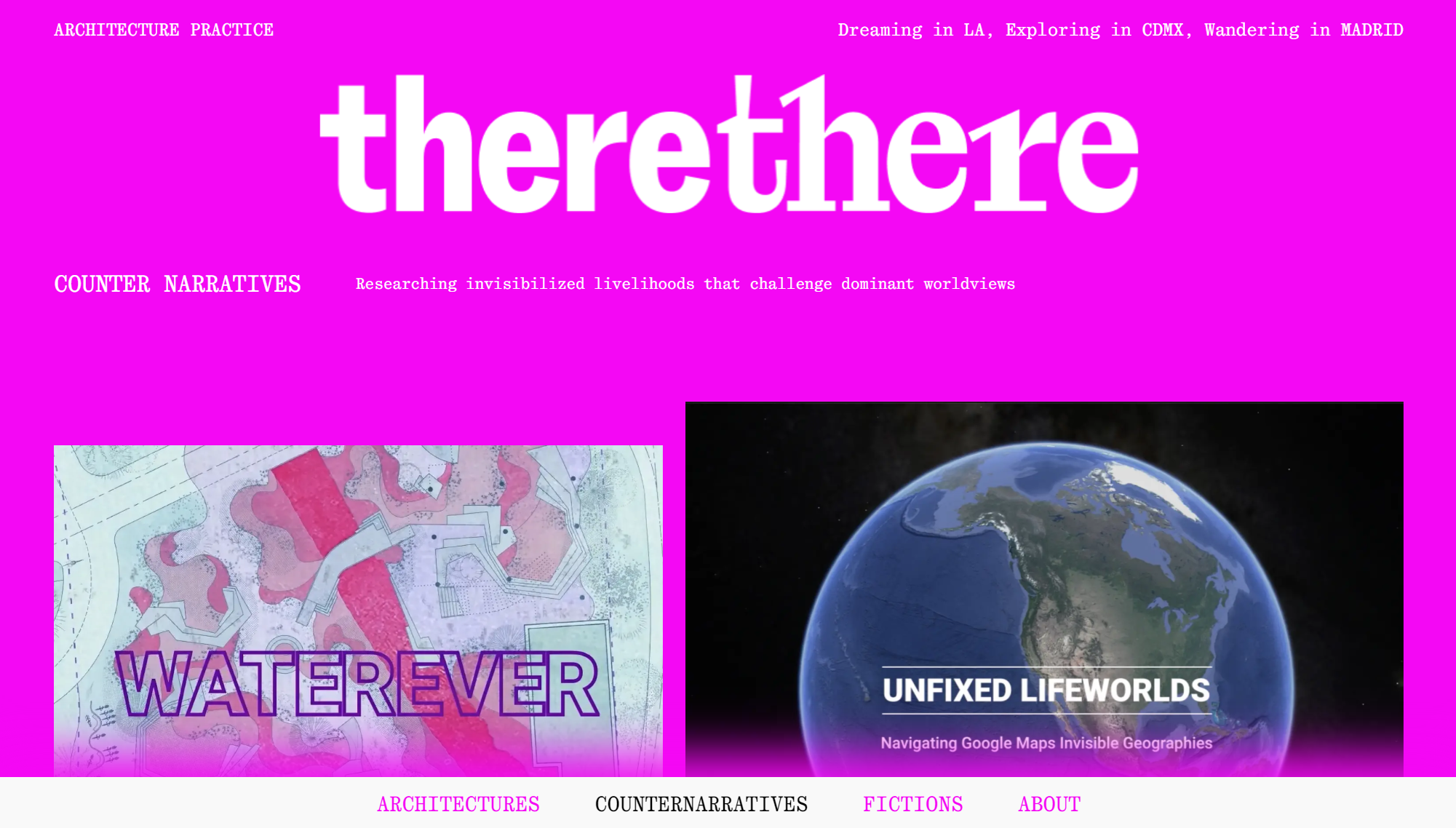
TOPOGRAPHIES OF ERASURE
TEAM:
© MONICA LAMELA
In 1938 the notorious plans for transforming Berlin into the new world capital, Welthauptstadt Germania, were unveiled. Designed by Albert Speer, they represented an ambitious urban transformation along two main axes, that would erase large areas of the existing city, superimposing new monumental buildings. Germania’s monumentality contrasted with Speer’s “Theory of Ruin Value:” an orchestrated urban ruination that envisioned the city’s state of decay in a thousand years.
Neither Hitler nor Speer, however, would imagine Berlin would reach such state of ruination only seven years later. In 1945, after the Battle of Berlin, the city was devastated, its buildings turned into dust and rubble, its open spaces filled with massive piles of urban debris. City planners, architects, and landscape architects were left with the controversial task of reconstructing a city in ruins and defining its new identity, while bracketing its recent past.
As a result, a new strategy of urban recycling was developed that would forever change the city’s geography. Berlin urban debris was accumulated into eighteen rubble mountains that were distributed throughout the city, permanently transforming its previously flat and homogeneous landscape into a new topography of rubble. These rubble mountains became anonymous anti-monuments, topographies of erasure built by German survivors in strategic sites of the city, burying the remaining traces of Welthauptstadt Germania.
While Berlin rubble landscapes embody the reconstruction of a city through the selective remembrance of some pasts and the conscious erasure of others, this video montage seeks to make visible the traces of that erased past.

